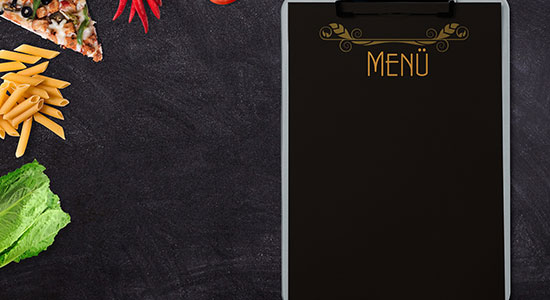
Indian food service sector has witnessed many new changes and is going through a revolution when it comes to new and exciting food trends. FICCI-PwC came up with five coolest trend to watch out in 2019. Here are the lists:
#Ethnic cuisine to be present in organised and hygienic set-ups: Haldiram and Bikanervala are a case study for the marketing of ethnic food to customers in an organised set-up. Both have successfully transitioned form being small-time sweet shops to full-fledged quick service restaurants (QSRs). In the fine or casual dining space as well, regional cuisine restaurants are slated to come up. It is expected that food from states such as Kerala, Tamil Nadu and Kashmir will flood the Indian restaurant market. More and more restaurants will come up focusing on cuisines from the North East, Odisha, Chhattisgarh and Himachal Pradesh.

#Food tech will continue to ‘organise the unorganised’: The entry of food tech start-ups has led to a massive transformation of the operations of restaurant sector. In 2015, the food-tech sector in India went through a period of turmoil when several start-ups had to shut down. This was followed by a period of consolidation and correction. The situation turned for the better in 2017 as food-tech companies fine-tuned their business models and improved their unit economics. The food tech space saw investment worth US$370 million in 2017–18, up from US$70 million in 2016–17, which is more than 400% growth. With more than 900 food delivery start-ups in the country, the focus now is on expansion and introducing food and experience innovations. Keeping the focus on consumers, smart curation and personalisation will rule the roost over the next 18 months. The success of a food delivery platform is a function of convenience, reliability and selection.

#Restaurants will increasingly focus on consumer engagement using technology : Nowadays, technology has become a basic prerequisite to ensure that operations are carried on seamlessly, and the restaurant industry is no different. This sector too has impacted by the wave of technological innovations, which have taken restaurant operations to a new height.

Point of sale (PoS) systems: Restaurant PoS systems are already popular, and a majority of restaurants are using the restaurant management system to their advantage. Till now, restaurant management systems were more geared towards automating and optimising restaurant operations with little emphasis on customer management. A major trend in future will be delivering a more customised and personalised guest experience.
Automated marketing: Restaurants are now increasingly focusing on customer retention and engagement. The year 2018 saw an upsurge in personalised offers and discounts being offered to customers. This high level of customisation allows restaurants to optimise their marketing campaigns and generate better results.
Social media: Before the revolution of the internet, Facebook, YouTube vlogs and ‘live videos,’ chefs and restaurateurs made it big through books and TV. Now thanks to social media, they have better and more approachable ways to reach a home audience. Owing to lack of time and fast-paced lifestyles, people began to turn to YouTube instead of cookbooks to learn cooking or to watch a celebrity chef’s live videos or vlogs instead of TV shows. As the popularity of this medium increased, a new breed of online chefs appeared.
Use of tablets: Another innovation in recent times has been physically bringing technology to the customer’s table. Diners can now sit down and pick up a tablet rather than a menu and order online rather than depending on the waiter or waitress.
Bill split option at table: Enabling customers to view, split and pay their bills at the table using their smartphones saves them time and improves table turns and productivity.
#Traditional packaging will make way: With millennial spending still ramping up, food manufacturers and retailers have already begun to reshape their marketing strategies in order to cater to millennials. This essentially means that a product needs to trend globally (as millennials are globally connected) and be digitally accessible and unique (as millennials increasingly shop online) and ‘socially sexy’ (have an ‘Instagram appeal’ that offers the purchaser social status). Due to an increasing importance of these factors and the fact that prices across brands and retailers are mostly at par, creating a unique brand that targets core beliefs and behaviours of millennials is vital.

#Health and wellness will continue to ride high on consumer preferences: Overall, the health and wellness food service industry will continue to grow as consumers become more conscious about their diet by trying to eat healthy, going for farm-to-table lunches, growing their own garden herbs, buying as much organic produce as they can afford, trying new millets and consciously avoiding junk as much as possible.

Copyright © 2009 - 2024 Restaurant India.









